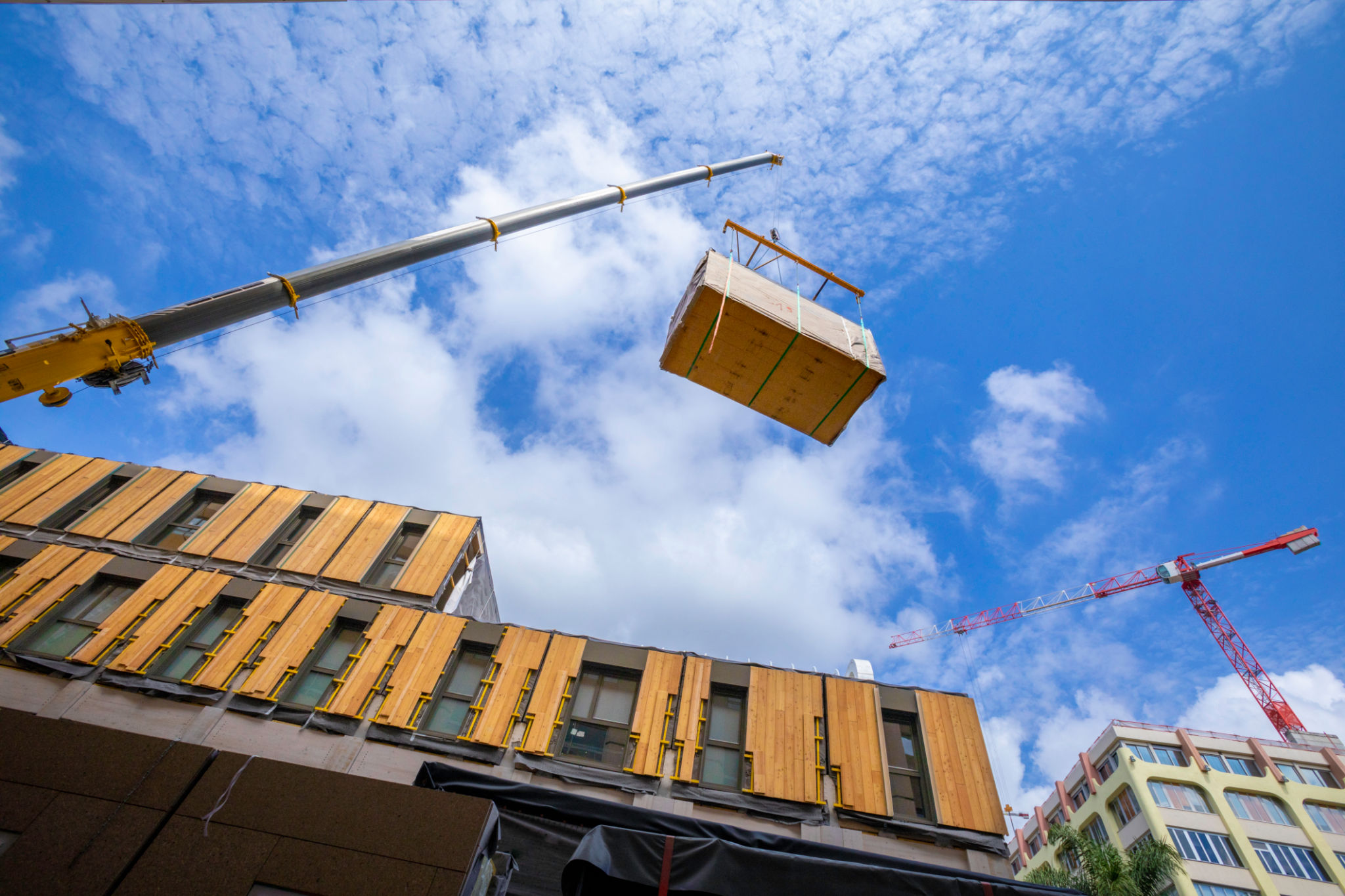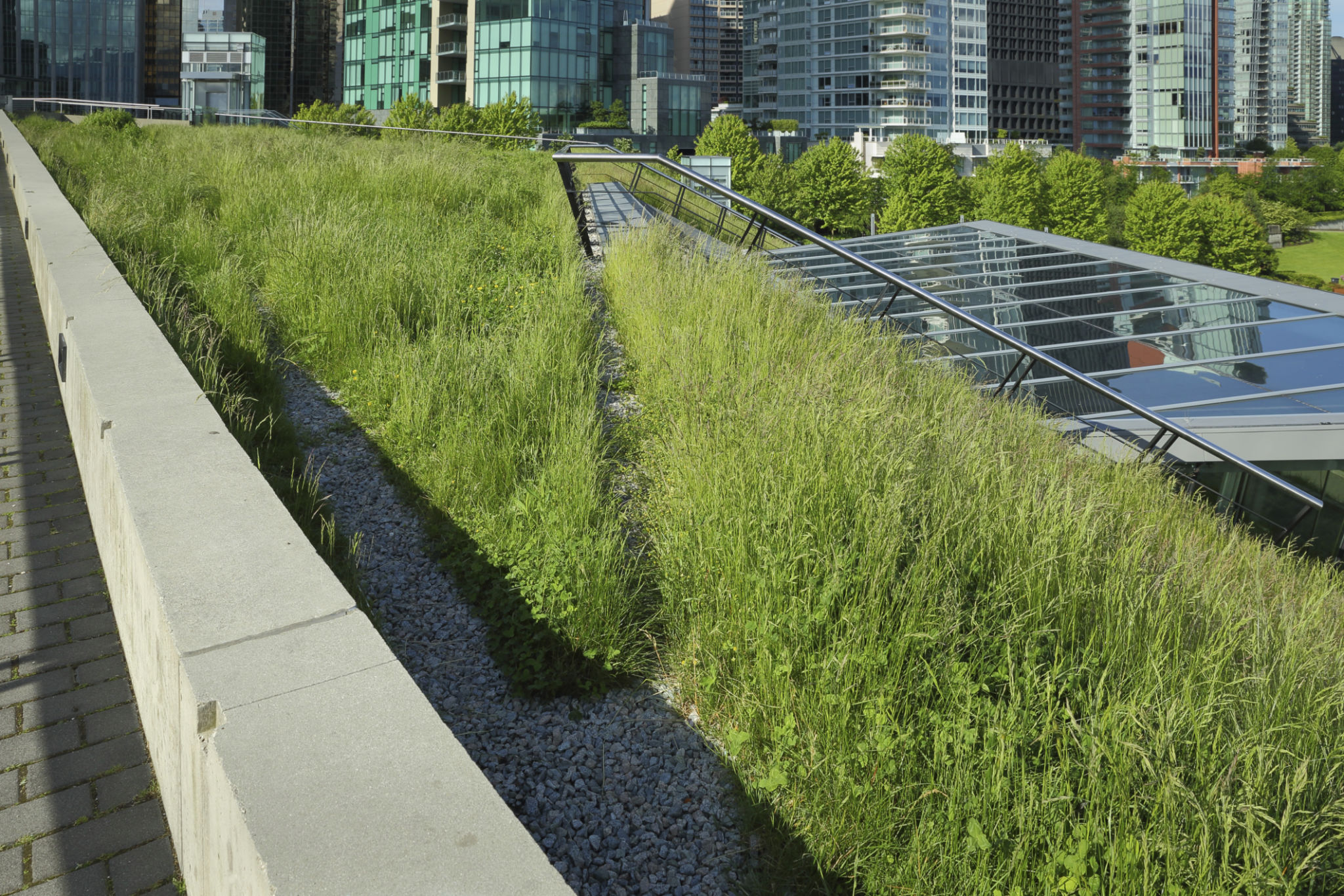Understanding the Newest Trends in Sustainable Construction
Introduction to Sustainable Construction
In recent years, the construction industry has experienced a significant transformation towards sustainability. This shift is driven by the growing awareness of environmental issues and the demand for eco-friendly buildings. Sustainable construction practices not only aim to minimize environmental impact but also enhance the quality of life for occupants. Let's delve into some of the newest trends in this field.

Green Building Materials
One of the most noticeable trends in sustainable construction is the use of green building materials. These materials are designed to reduce the carbon footprint of buildings and promote energy efficiency. Key examples include bamboo flooring, recycled steel, and reclaimed wood. These materials are not only environmentally friendly but also durable and aesthetically pleasing.
Recycled and Reclaimed Materials
The integration of recycled and reclaimed materials is becoming increasingly popular. By repurposing materials from demolished buildings, construction companies can significantly reduce waste. Additionally, using reclaimed wood or bricks can add a unique character to new structures while conserving resources.
Energy-Efficient Building Design
Energy efficiency is a cornerstone of sustainable construction. Modern building designs focus on reducing energy consumption through various innovative approaches. These include the use of advanced insulation materials, high-efficiency windows, and smart home technologies that optimize energy use.

Passive Solar Design
Another trend is passive solar design, which harnesses natural sunlight to heat buildings. This approach involves strategic placement of windows, thermal mass materials, and shading devices to maximize solar gain during winter and minimize it during summer, reducing the need for artificial heating and cooling.
Water Conservation Techniques
Sustainable construction also emphasizes water conservation. Techniques such as rainwater harvesting, greywater recycling, and low-flow fixtures are becoming standard in new buildings. These methods help reduce water usage and promote resource efficiency.
Green Roofs and Gardens
Green roofs and gardens are not only visually appealing but also offer numerous environmental benefits. They help in insulating buildings, reducing urban heat island effects, and managing stormwater runoff. Incorporating these features into building designs reflects a commitment to sustainability.

Smart Technology Integration
The integration of smart technology is revolutionizing sustainable construction. Smart systems can monitor energy usage, control lighting and HVAC systems, and even detect leaks or inefficiencies. This technology ensures that buildings operate at optimum efficiency, reducing their overall environmental impact.
The future of construction lies in embracing these sustainable trends. By prioritizing eco-friendly practices and innovative technologies, the industry can build a better future for both people and the planet.